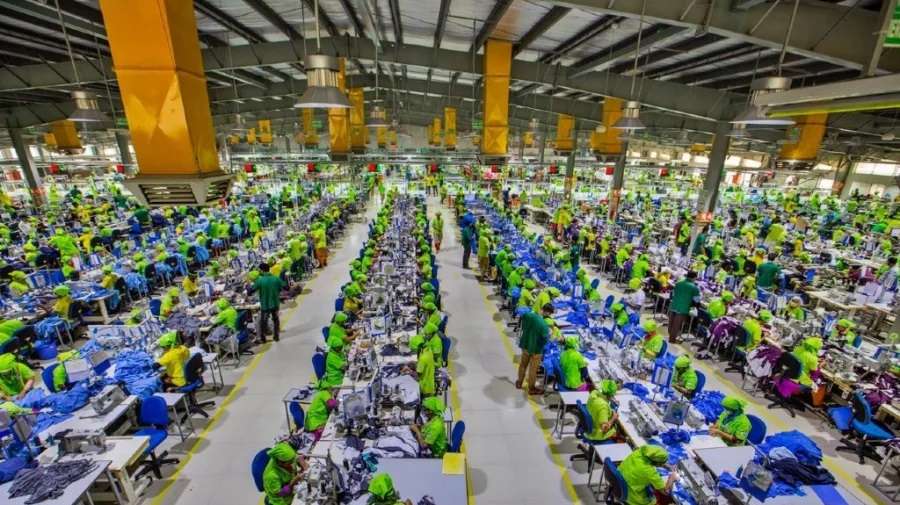Rahul Mehta, Chief Mentor, CMAI, has urged the Central and State Governments and GST Council to review their decision and find alternate solutions to address the Inverted Duty Structure problem. CMAI has in the past recommended a flat 5 per cent GST across the entire value chain - which will resolve the Inverted Duty Structure, will boost consumption, production and employment, and will cost the government a negligible amount on revenue.
In the absence of such a solution, CMAI urges the authorities to maintain the current status quo.
As per reports, the GST council aims to increase the current GST rates of 5 per cent on all fabrics and garments up to the price of Rs.1,000 to 12 per cent.
Rajesh Masand, President, CMAI urged the Government and the GST Council to consider the fact that the domestic garment Industry is still struggling to revive post the COVID pandemic - with most of the industry still at 60 – 65 per cent of pre-COVID levels. Additionally, there have been massive increase in the prices of raw materials such as yarn, fabric, fuel, packaging materials, transportation, etc that have raised the price of the final product by 20 per cent. The consumer is already reeling with job losses, wage cuts, and social and personal traumas. In such a scenario, adding another 7 per cent taxes to the price of an essential item of consumption such as garments is uncalled for.
Already 15-20 per cent of garments units across the country have either shut down or scaled their operations. The industry is currently seeing a drop of not less than 20 per cent employment in the sector. The move contemplated by the Council is likely to risk an even higher level of unemployment, adds Masand
Indian garment industry is still largely a cotton based Industry. Cotton garments, including traditional wear categories such as dhotis, sarees, etc. form the bulk of clothing used by the poorer sections of the society. This section of population will be hit by another price increase, says Masand.












